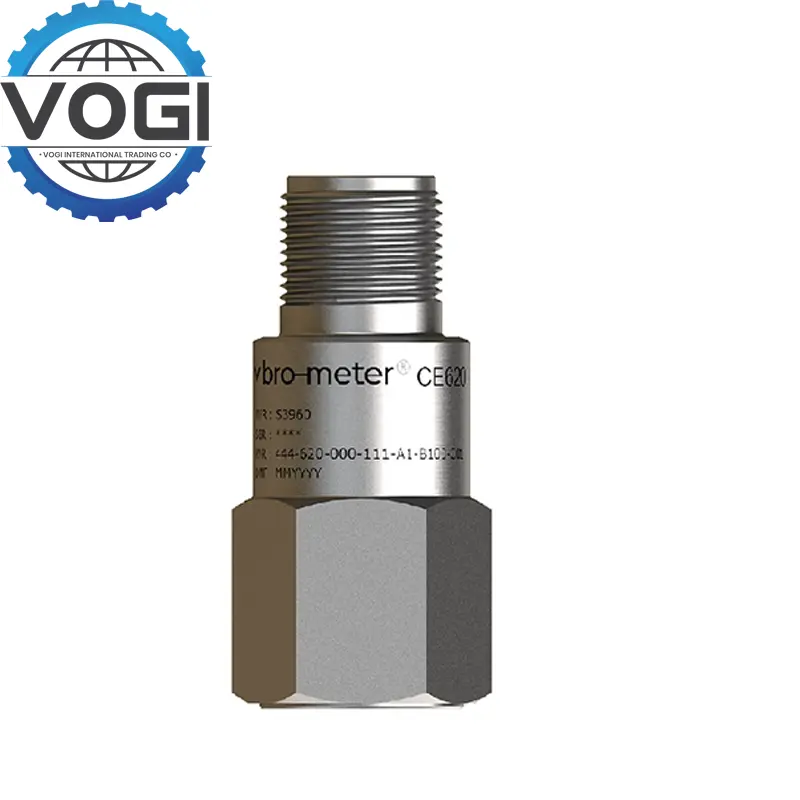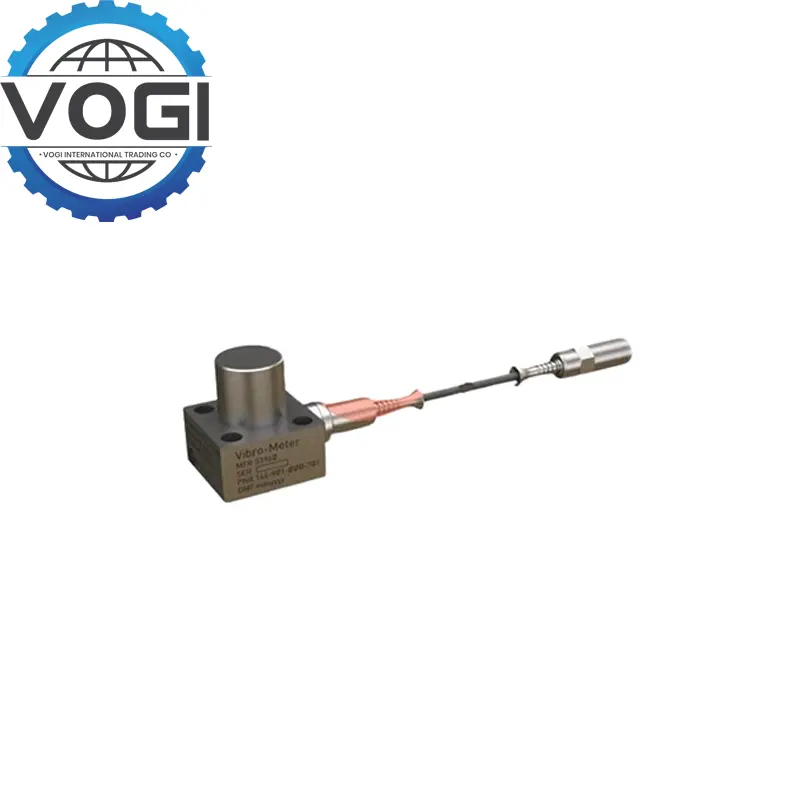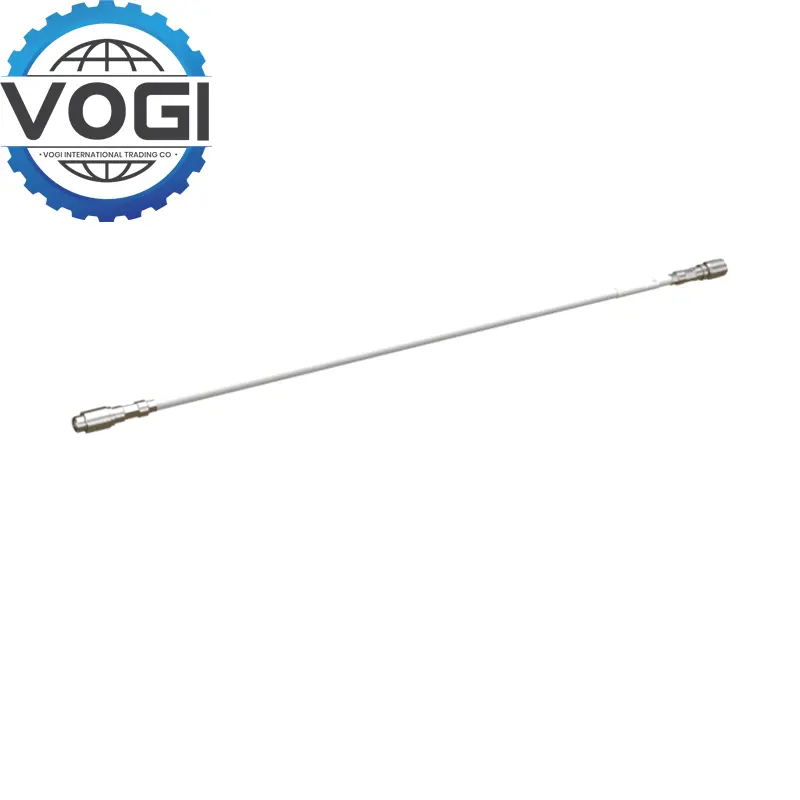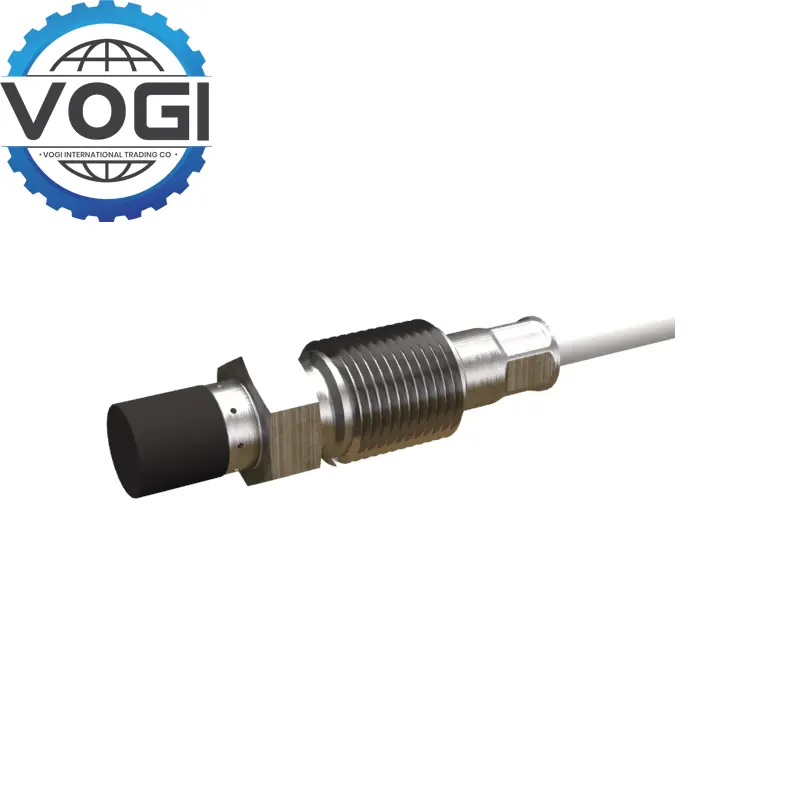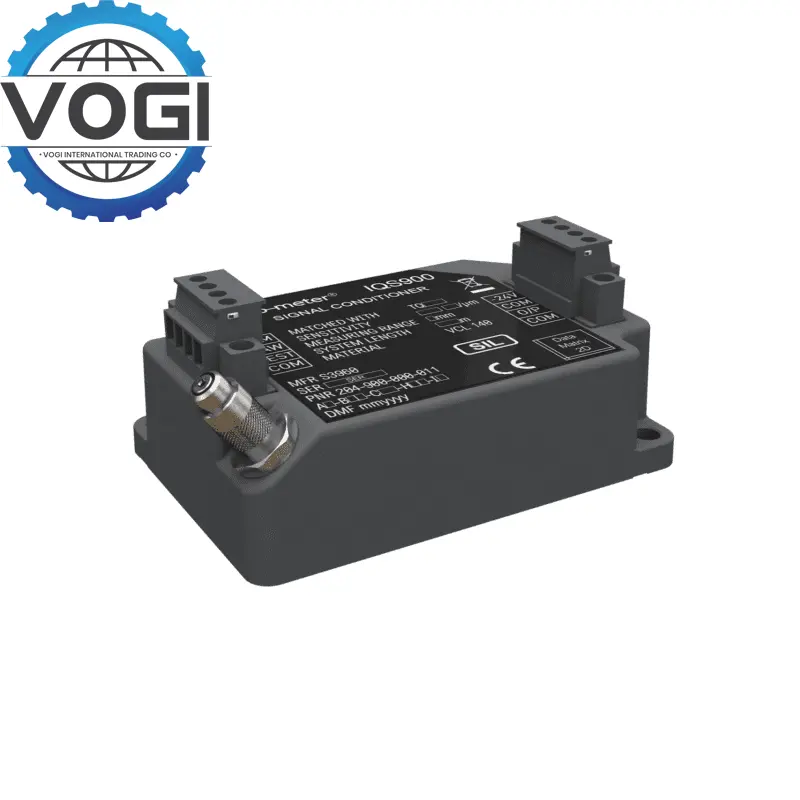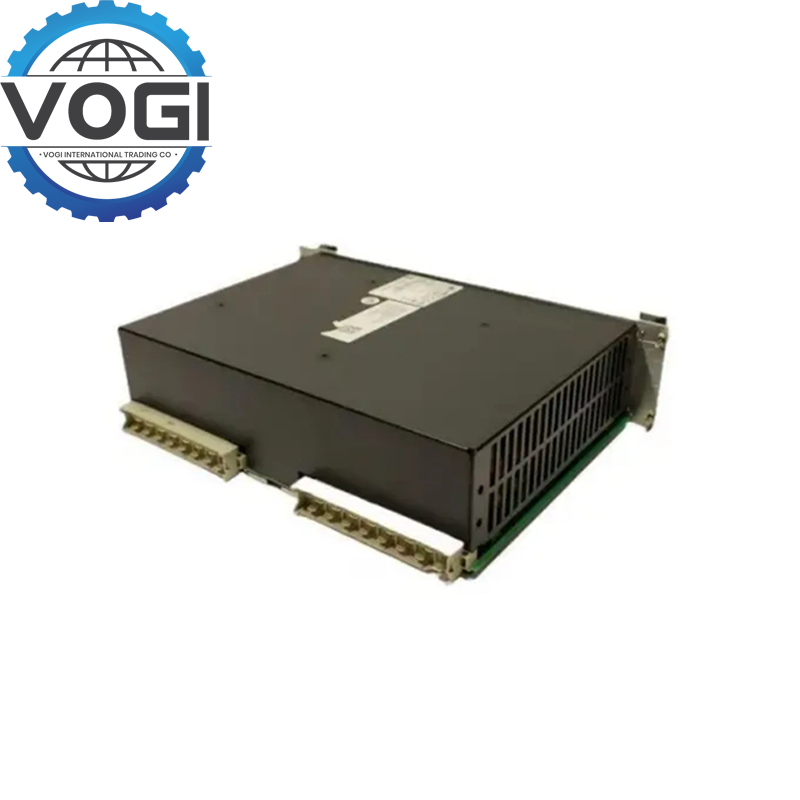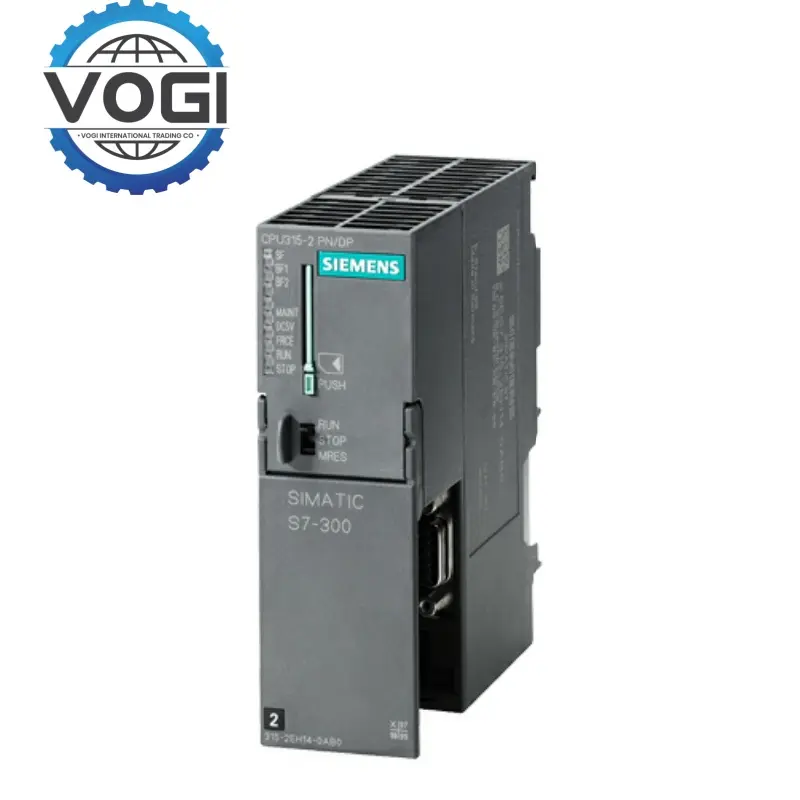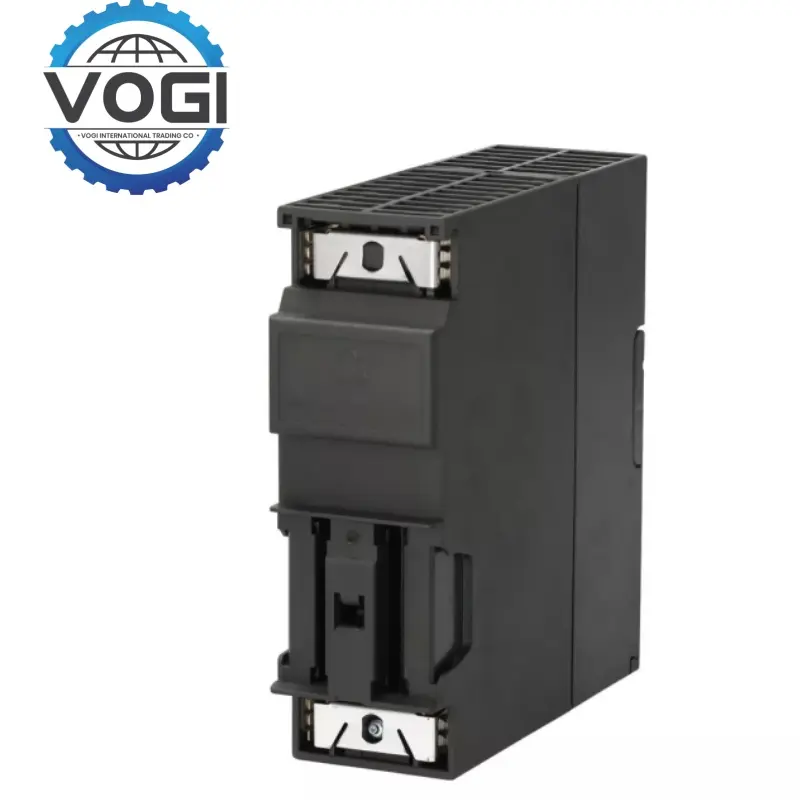Siemens 6ES7315-2EH14-0AB0 Compact CPU
Key SpecificationsVOGI
Processor performance
Binary instruction execution time: 0.05 μs
Floating point operation time: 0.45 μs
Working memory: 256 KB
Load memory (MMC card expansion): up to 8 MB
Communication interface
PROFIBUS DP: master/slave, rate 12 Mbps, can connect 125 slaves
PROFINET: dual-port switch, rate 100 Mbps, support IRT mode
MPI: 12 connections, rate 187.5 kbps
Power supply
Supply voltage: 24 V DC (19.2 - 28.8 V DC)
Current consumption: about 850 mA
Protection level: IP20
Operating temperature: 0°C - 60°C
Expansion capability
Maximum number of expansion modules: 31
Maximum number of digital I/O points: 2048 points
Maximum number of analog I/O channels: 128 channels
Key FeaturesVOGI
High-speed processing: Siemens 6ES7315-2EH14-0AB0 can respond quickly and handle complex tasks with extremely short instruction execution time and floating-point operation time.
Multiple communication interfaces: PROFIBUS DP, PROFINET and MPI interfaces coexist, which can flexibly build complex automation networks. PROFINET's IRT mode ensures motion control synchronization.
High scalability: Siemens 6ES7315-2EH14-0AB0 can expand modules and I/O points in large quantities to adapt to projects of different scales and functional requirements.
Diagnosis and safety: Siemens 6ES7315-2EH14-0AB0 has diagnostic functions and diagnostic buffers, which can quickly locate faults; it supports password protection and program encryption to ensure system security.
Freight Estimation(Part Of The Area)VOGI
|
Destination |
Freight |
|
Middle East |
$35 |
|
Southeast Asia |
$23 |
|
South Asia |
$45 |
|
South Africa |
$37 |
|
Europe and USA |
$24 |
|
Russia |
$41 |
APPLICATIONVOGI
Manufacturing: such as automobile and electronic manufacturing production lines, used to control robots and equipment, achieve precise process synchronization, and improve production efficiency and quality.
Process automation: Chemical and power industries, real-time monitoring and control of parameters such as temperature and pressure to ensure stable production processes.
Logistics and warehousing: Automated warehouses and conveyor lines coordinate equipment operation to achieve efficient storage and transportation of goods.
Building automation: HVAC and lighting systems of smart buildings to achieve energy saving and intelligent management.








